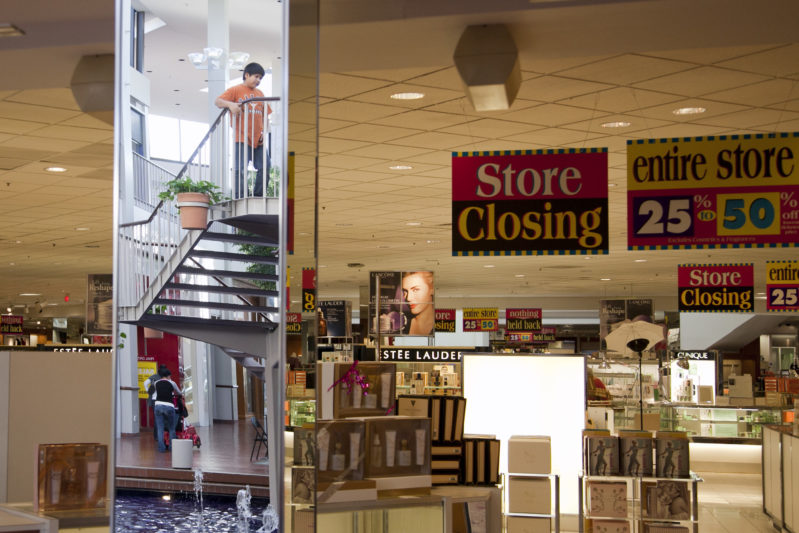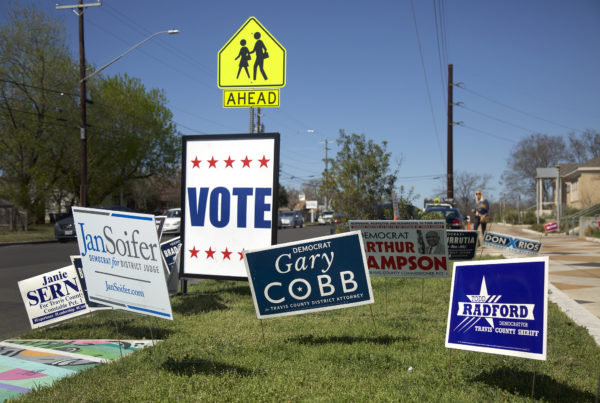The 2016 election campaign featured much concern for the fate of coal miners and auto workers, whose jobs have been swept away by automation and globalization. Today, there may be another group at risk for large-scale cuts – retail workers.
Chris Tomlinson, a business columnist for the Houston Chronicle, says tens of thousands of layoffs are on the horizon for employees of retail chain stores across the U.S.
“It’s the shop girl. It’s the stock boy. It’s the person who rings you out at the cash register when you leave a store,” Tomlinson says. “Those people are in true danger of losing their jobs and they don’t have the training, frankly, to do much else.”
Tomlinson says $40 billion of consumer spending shifted from the shopping mall to ecommerce sites last year. Since the start of this year, fourteen retail chains have filed for bankruptcy, according to an analysis by S&P Global Market Intelligence. U.S. retailers have shed 89,000 jobs since October alone, according to federal statistics.
This dramatic decline, Tomlinson says, is due to changing consumer preferences concerning online shopping. He says the younger generation is willing to buy some products without first seeing them in person, and these consumers are also savvy to online returns through the mail.
“I think there’s a cultural change,” Tomlinson says. “The only stores that I think are going to survive are the ones that offer a unique experience [and] that offer a carefully curated selection of goods. The Best Buy’s of the world –where they’re base-leading with commodities in large numbers – they have to adapt to selling more online or they’re done.”
To survive this next major layoff, Tomlinson says we will need to retrain workers for high-demand job areas like tech and health care. He says Texas’ investment in community colleges and training programs that partner with employers can help relocate displaced workers.
“The typical retail 8 [or] 10 dollar-an-hour worker has maybe, at best, a little bit of college – probably only a high school education,” Tomlinson says. “Those are the ones that we really need to get into these training programs so that they can make more money and fulfill the jobs of the future rather than the jobs of the past.”
Written by Rachel Rascoe.















